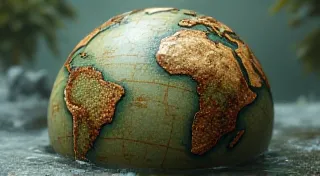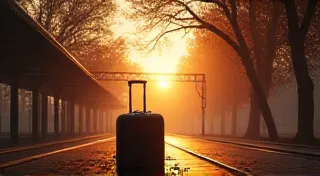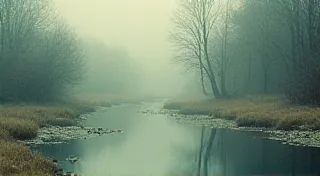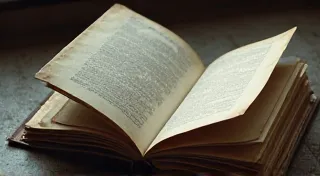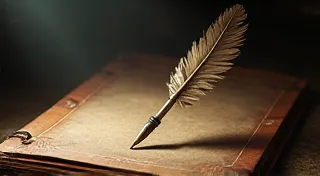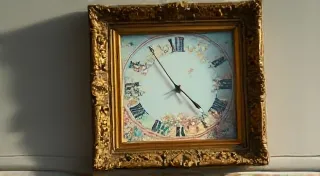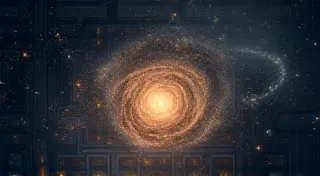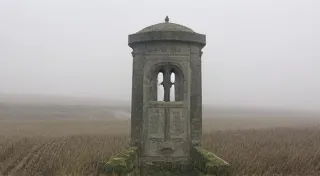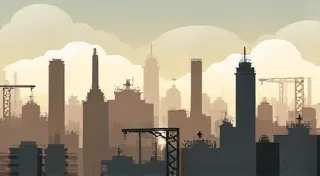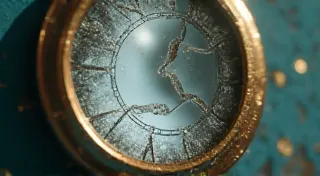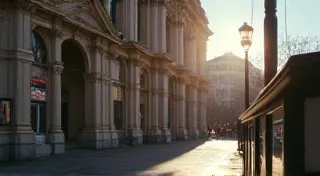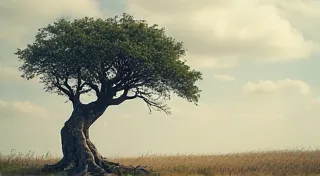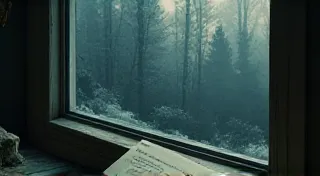Collecting Vintage Postcards: A Journey Through Time and Memory
Welcome to a world suspended between then and now – a journey into the captivating realm of vintage postcards. These miniature windows to the past offer glimpses into bygone eras, forgotten landscapes, and the stories of those who sent and received them. The unique aesthetic of a bygone era, often characterized as retro, permeates these cards, evoking a sense of nostalgia and romanticism. They represent more than just scenic views; they’re tangible links to a different time, reflecting social customs, technological advancements, and the evolving nature of communication. We invite you to explore this fascinating world, diving deep into the history, artistry, and cultural significance of these delightful ephemera.
Before the digital age, postcards were the primary method of sharing experiences and connecting with loved ones across distances. Imagine the anticipation of receiving a postcard from a distant land, a tangible piece of someone else’s journey arriving in your mailbox. This personal connection is something we often miss in today’s instant-gratification world. The vintage postcard offers a portal back to that era, a chance to experience the joy of delayed communication and a deeper appreciation for the effort involved in maintaining long-distance relationships.
Consider the world of postcard maps, for instance. These often-distorted representations of real and imagined places offer a particularly intriguing sub-genre. They're not merely geographical representations but artistic interpretations, often reflecting the perspectives and biases of the era. Dive deeper into “The Cartographer’s Dream: Reinterpreting Distorted Postcard Maps of Imaginary Lands” to uncover the artistry and imagination behind these unique artifacts. The exaggerated features, fanciful depictions of towns, and sometimes even entirely fictional locations offer a fascinating glimpse into how people perceived and understood the world around them. The lack of accurate cartography highlights the challenges of exploration and mapping in the past. And for a broader look at how landscapes were depicted, explore "Cartomania: Mapping Desire Through Antique Postcard Landscapes.” The color palettes and artistic styles often reflect a romanticized vision of these places, rather than a purely factual representation. The retro appeal of these maps, with their aged paper and distinctive typography, only adds to their charm.
The visual language of these cards is just as compelling. “Chromatic Ghosts: The Subtle Language of Postcard Color Palettes” dissects how color choices conveyed specific moods and messages. The limited availability of color printing in the early years led to a reliance on hand-tinting and a careful selection of hues to evoke particular emotions. The vibrancy of these hand-tinted cards, achieved through painstaking artistry, is a testament to the dedication of the craftspeople involved. The retro aesthetic of these postcards, with their muted tones and hand-painted details, is truly captivating. The popularity of postcards wasn't eternal, and " Ephemeral Echoes: When Postcards Became Whispers of Lost Journeys" chronicles their rise and fall. The shift from personal correspondence to mass-produced imagery marked a significant change in the way people communicated and shared experiences. Examining the way memories were captured and sometimes distorted is fascinating, as explored in “Ephemeral Landscapes: The Distortion of Memory in Vintage Postcard Views.” The idealized landscapes and carefully staged scenes on these cards often presented a romanticized version of reality, shaping perceptions and influencing desires. The overall design often adheres to retro design principles, reflecting the stylistic trends of the era.
Vintage postcards often hold personal stories. " The Ghost of a Journey: Unraveling the Stories Behind Abandoned Postcard Albums” delves into the mystery surrounding collections left behind. Imagine the lives of those who meticulously curated these albums, carefully selecting and arranging the postcards to create a narrative of their travels and experiences. The handwriting and typography are significant elements of the retro charm. " Ink & Inkling: The Subtle Art of Postcard Handwriting” reveals hidden details. Each stroke of the pen, each flourish of the script, provides a glimpse into the personality and emotions of the sender. The borders and frames are crucial elements, as " The Language of Framing: How Postcard Borders Shape Perception” examines. The ornate borders, the elaborate designs, and the carefully chosen fonts all contribute to the overall aesthetic appeal of the postcards. The border designs are a reflection of retro design trends, showcasing the artistry and craftsmanship of the era.
The blank spaces on a postcard, the unwritten words, also tell a story. " The Luster of Absence: How Blank Spaces Define Postcard Memories” considers their significance. The empty space on the back of a postcard beckons the sender to pause, reflect, and craft a message to their loved one. The deliberate choice of words, the careful arrangement of sentences, all contribute to the emotional impact of the postcard. Exploring recurring themes and trends across generations is possible through "Paper Constellations: Tracing Themes Across a Century of Postcard Production." The common motifs and recurring themes on vintage postcards offer valuable insights into the values and aspirations of the era. And, for those interested in the spiritual side of travel, "Paper Pilgrimages: The Postcard as a Souvenir of Spiritual Journeys" offers a unique perspective. The religious iconography and pilgrimage routes depicted on these postcards reflect the deep-seated spirituality of the time. The overall aesthetic of these souvenirs aligns with retro sensibilities, evoking a sense of reverence and wonder.
The power of postcards extends beyond personal connections. " The Echo of Absence: Postcards as Relics of Displaced Communities” sheds light on their role in connecting people separated by distance and circumstance. Postcards served as a lifeline for families separated by immigration, war, or economic hardship. Understanding the visual cues of the era can be insightful – “Paper Time Capsules: Deciphering the Codes of Postcard Typography” will unpack that. The typography used on vintage postcards often reflects the prevailing styles and trends of the time, offering valuable clues about the era in which the postcard was produced. Beyond the idyllic beach scenes, " Beyond the Beach: The Postcard’s Representation of Industrial Landscapes” reveals a different side of the past. The depiction of factories, mines, and railways on vintage postcards provides a fascinating glimpse into the industrial revolution and its impact on society. The retro feel of these images, with their stark contrasts and gritty realism, is both captivating and thought-provoking. How people saw themselves, their aspirations – “The Postcard's Portrait: Deconstructing the Romanticized Self” explores it. The poses and clothing depicted contribute to the retro appeal, reflecting the fashion trends and social norms of the era.
The influence of postcards on travel and tourism is undeniable. “The Postcard as Prophecy: Foreshadowing the Modern Tourism” examines its role in shaping our wanderlust. Postcards served as powerful marketing tools, enticing people to visit new and exciting destinations. Of course, tourism isn't always positive; “The Postcard's Shadow: Examining the Dark Side of Tourism Imagery” addresses some of the uncomfortable truths. The idealized depictions of tourist destinations often masked the realities of poverty, exploitation, and environmental degradation. We’ve also strived to amplify marginalized voices and stories through "Beyond the Stereotype: Reclaiming Voices Lost in Postcard Imagery.” And, finally, sometimes the most compelling stories are those left untold—examine “The Unsent Message: Speculating on the Stories Behind Unmailed Vintage Postcards.” These unmailed postcards offer a poignant glimpse into the lives of those who were unable to share their experiences with loved ones.
Collecting vintage postcards is more than just a hobby; it’s a journey through time, a window into the past, and a connection to the lives of those who came before us. The tangible nature of these postcards, the feel of the aged paper, the scent of the ink, all contribute to a unique and immersive experience. As you build your collection, you're not just acquiring beautiful objects; you're accumulating stories, memories, and a deeper appreciation for the history of communication and travel.
Beyond the historical significance, the retro aesthetic of vintage postcards continues to resonate with modern audiences. Their charm and simplicity offer a welcome respite from the fast-paced, digitally-driven world we live in. The imperfect printing, the hand-tinted colors, and the nostalgic imagery evoke a sense of warmth and familiarity that is both comforting and inspiring. Whether you're a seasoned collector or a curious newcomer, the world of vintage postcards offers a wealth of treasures waiting to be discovered.
We hope you enjoy your exploration of the fascinating world of vintage postcards. Happy collecting!

